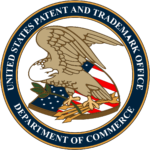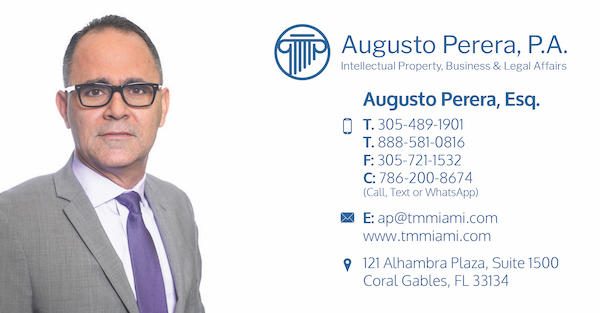The United States trademark law is based on the common law first to use in commerce theory. Is the use of the mark in interstate commerce which creates rights over a trademark, not its registration!
In the United States, US Applicants can base their applications on the following basis:
- Prior use of the trademark in interstate commerce, or;
- The intention of use (ITU) the mark in commerce in the future.
Prior Use: “Prior use of the trademark” means that, at the time of filing, your trademark must be in use in the ordinary course of trade. Generally, the following are acceptable forms of use of the mark in commerce:
For products: The mark must appear on the products, the packaging for the products, a container for the products, or on displays or banners associated with the products, and these products must be sold or transported in commerce.
For services: The mark must be used or shown in the sale or advertising for the services, and said services must be offered in commerce.
Once a registration is granted the mark must be used, as registered, for all goods/services listed in the certificate of registration, in the same manner as it was registered, otherwise the protection is lost.
This means that, if you filed your trademark in class 25 for clothing items such as t-shirts, shorts, hats and caps, with a word and a logo. Then, after securing registration, the mark it is used only on hats and caps and without the logo, not as registered and not for all goods listed in the registration, you are opening the registration to a possible full or partial cancellation attack for lack of use as registered.
It’s always recommended to use the mark as registered for all goods/services listed in the original registration. Otherwise, a new trademark application should be filed.
Recently, the United States Patent and Trademark Office (USPTO) has implemented several initiatives to strengthen the quality of the Trademark Registry as to prevent bad actors from clogging the Registry with unused trademarks. One, of those initiatives, an expedited expungement process, recently became law.
Under Consolidated Appropriations Act of 2021, also known as the COVID-19 relief and spending bill, is the Trademark Modernization Act (TMA).
TMA allows for new grounds of cancellation of a registered mark through an ex-parte expungement petition on the merits the mark has never been used in commerce on or in connection with the goods and services.
This proceeding can only be brought three years after the mark is registered, but no later than 10 years after registration.
For those marks that were recently granted, under another provision, TMA grants ex parte reexamination of a registered mark on the basis the mark was not in use in commerce. This proceeding is for situations in which a mark was not in use during the examination process. The reexamination may be filed by any person or the USPTO no later than five years from the marks registration date.
In addition, on January 2nd, the USPTO increased and also implemented new the following Post registration fees (RENEWALS):
- Section 8 (declaration of continuous use) or 71 (Madrid protocol registrations) declaration filed through TEAS: $225 per class
Up from $125 per class - New feefor deleting goods, services, and/or classes from a registration after submitting a section 8 or 71 declaration, but before the declaration is accepted: $250 per class.
I have helped countless businesses and entrepreneurs register and maintain their trademarks as to avoid losing their registered status. I’d like to help by advising you on how to better protect your rights to trademarks, copyrights, and other intellectual property rights in the US and overseas.



